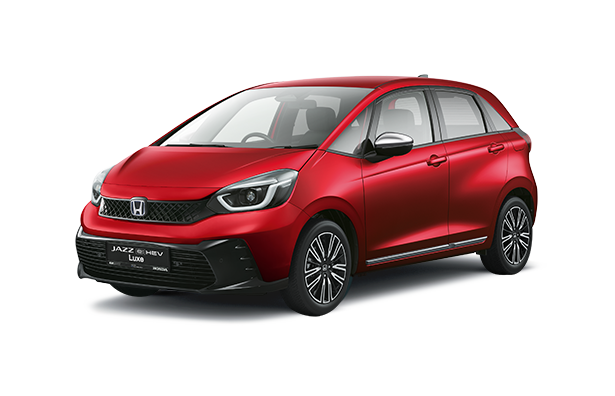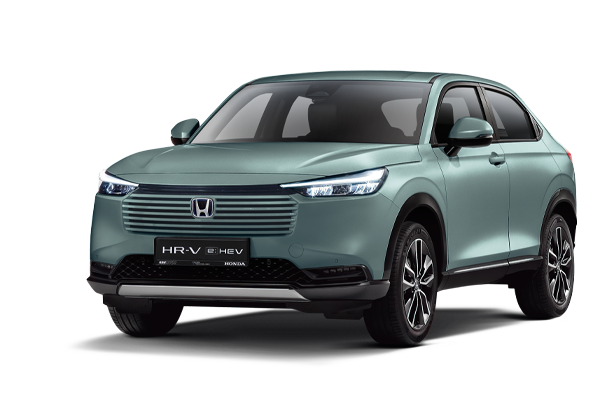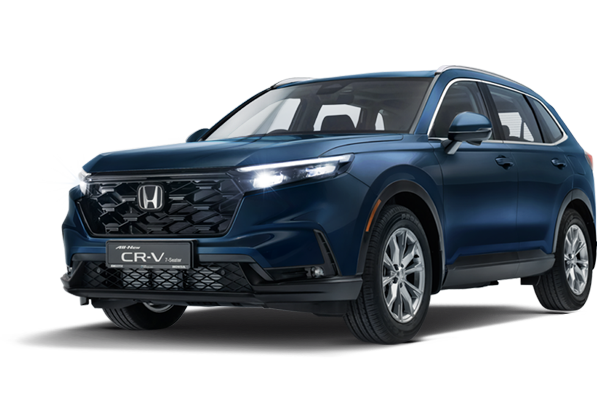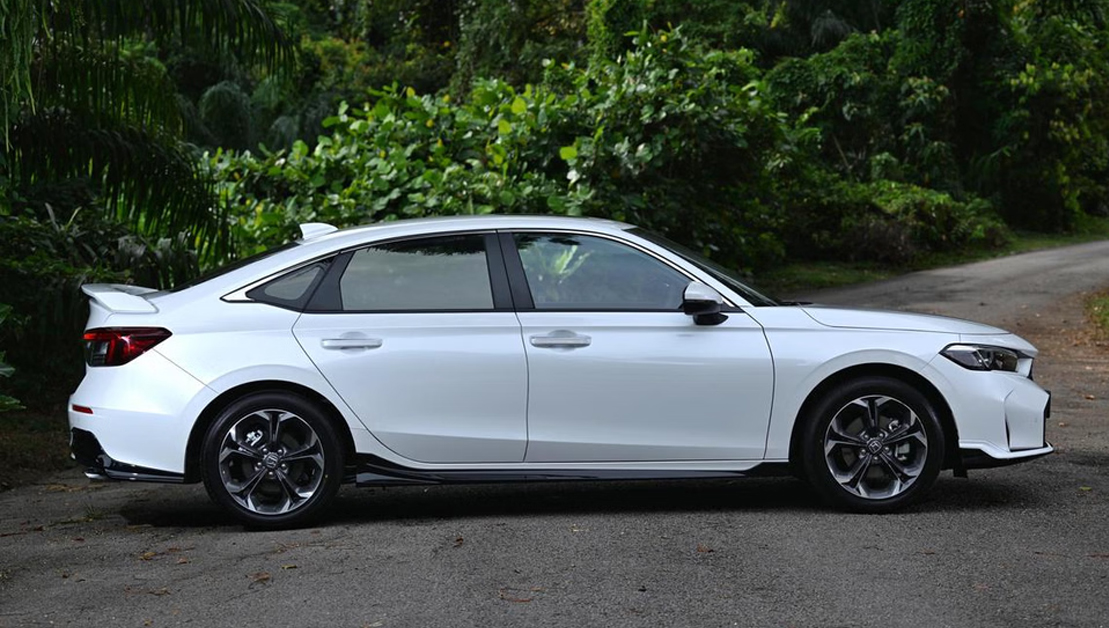Civic with poise, polish and purpose
Let us start with the elephant in the room. At $233,999 with certificate of entitlement (COE) but before applicable discounts, the Honda Civic 2.0 petrol-electric sedan is $45,000 costlier than its 1.5-litre turbocharged twin reviewed in October 2021.
Why would anyone of sound mind pick the 2-litre hybrid over the 1.5-litre turbo, when both are at a glance indistinguishable? Is authorised Honda agent Kah Motor a little mad to import the 2.0? If it is, there is method to its madness.
You see, the Civic 2.0 is substantially superior to its 1.5 sibling – in the way it drives, its performance, its fuel efficiency and overall refinement. In fact, it is qualitatively closer to the bigger Honda Accord hybrid than it is to its lesser namesake. And price-wise, the Civic 2.0 sits between the Accord and the Civic 1.5. But because of its price premium, it is clearly not a car for everyone.
Straight off, this unassuming mid-sized saloon is for those who appreciate a better driving experience. The car is powered by a 2-litre normally aspirated four-cylinder engine paired with two electric motors. The motor layout is somewhat different from the Accord’s, and results in an unrivalled level of verve and seamlessness.
The way the two systems work in unison is noticeably smoother than what you experience in equivalent hybrids from Toyota, arguably a leader in petrol-electric technology. At the wheel, the Civic 2.0 is even more satisfying than the Accord, despite both being equally matched in the century sprint. They clock 7.8 seconds, which is noticeably quicker than the Civic 1.5’s 10.5 seconds.
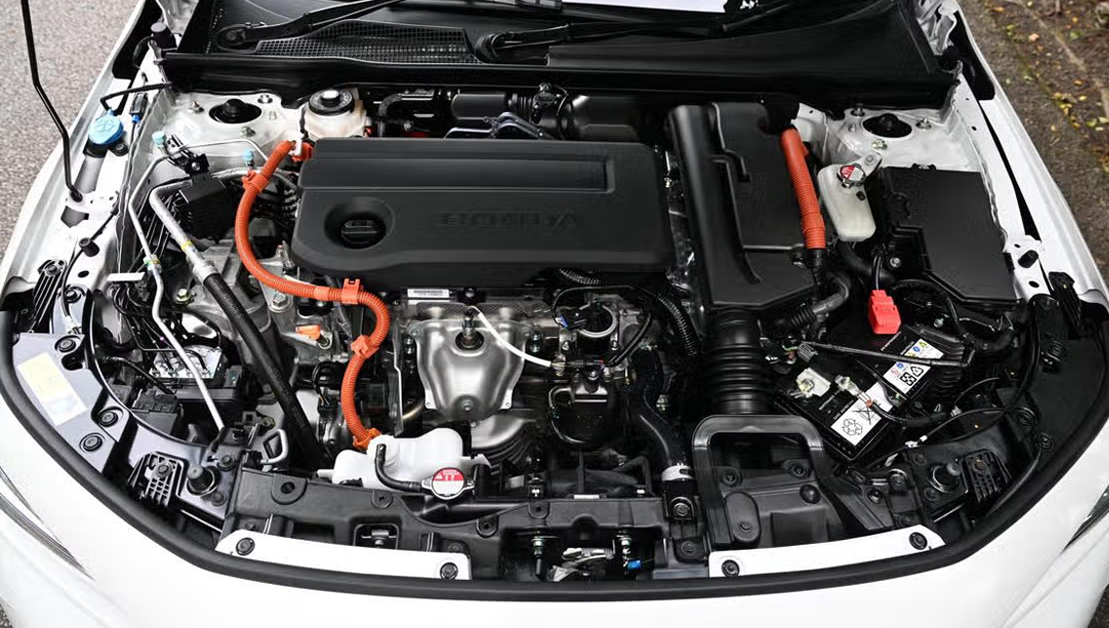
The Civic 2.0’s throttle response is wonderfully linear, with not a hint of the lag or judder you sometimes feel – or more accurately, hear – in other hybrids. Acceleration is strong and silky, whether you are taking off from the lights or picking up pace on the fly. The driver has excellent visibility. The Civic 2.0’s continuously variable transmission (CVT) is also more refined than the one found in the 1.5. You detect none of the rubbery whine associated with CVTs, even when you are heavy-footed.
Because of its ample torque – 315Nm from the word go – the Civic 2.0 is able to negotiate corners swiftly without you having to flick its left paddle. There is no real necessity to select Sport drive mode either. Driving in Normal is more than adequate in Singapore. The other mode is Eco, which you might select if you want to save fuel. But that will be at some expense to performance. Driven almost exclusively in Normal over a 300km mix of highway and city roads, the test car averages 5.3 litres/100km, helped no doubt by its superb coasting ability. This is much better than the 7.9 litres/100km posted by the 1.5.
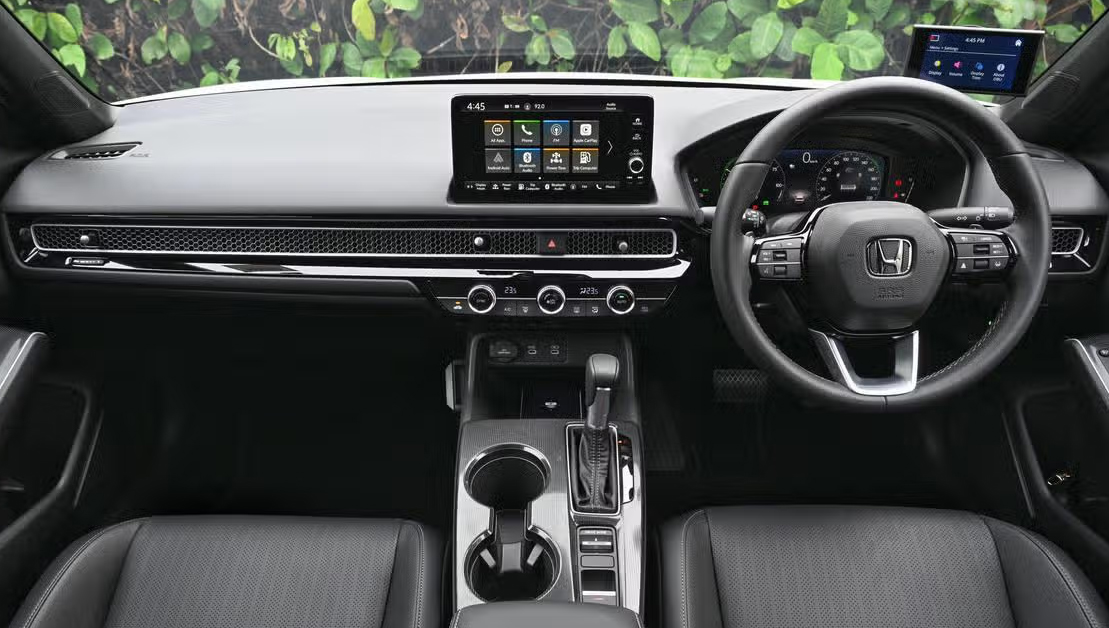
There is also an Individual mode, a new feature which lets you customise drive settings – namely, engine response, steering weight, and colour and design of the gauges.
Because of its superior efficiency, the Civic 2.0 has a 40-litre fuel tank, compared with 47 litres in the Civic 1.5. Even with a smaller tank, the 2.0’s range is a respectable 755km – compared with the 1.5’s 595km. At 4,681mm long, 1,802mm wide and 1,415mm tall with a 2,735mm wheelbase, the Civic 2.0’s dimensions are identical to the 1.5’s. But it weighs 156kg more at 1,440kg because of its electric components and its 17-inch wheels (16 inches in the 1.5).
Despite this, the car’s ride quality is as peachy as the 1.5’s. But since its hybrid powertrain is so refined – and often more relaxed owing to its generous torque – the car feels even more comfortable.
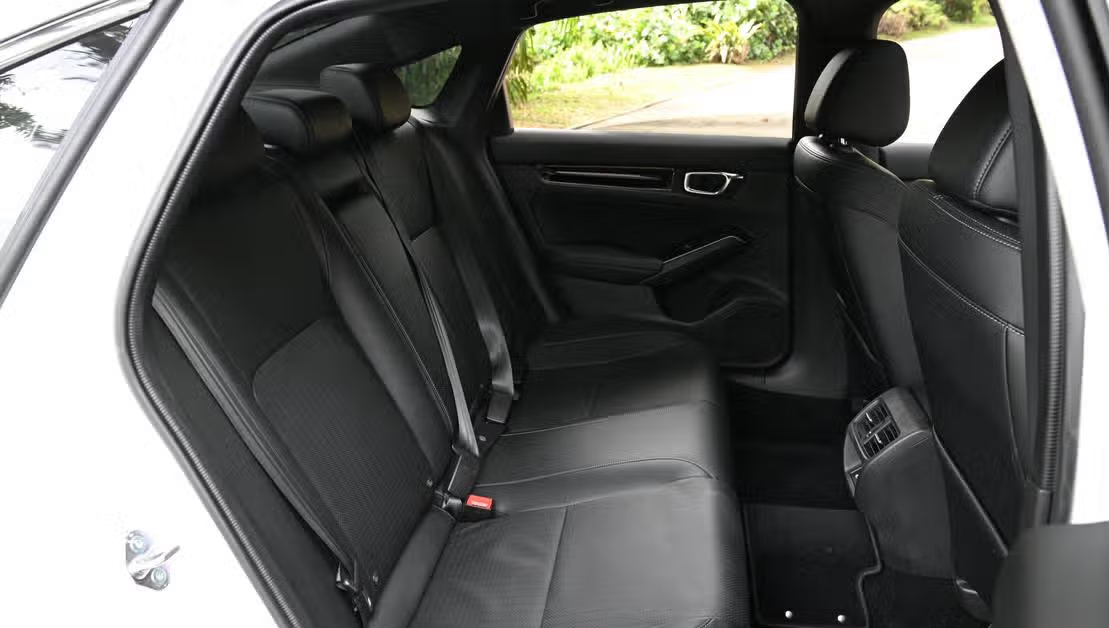
Like the 1.5, the 2.0 has a somewhat cautious adaptive cruise control, which sometimes responds even to vehicles which are not in its lane. Its lane-keeping assistance, however, is one of the better ones around.
It is not hypersensitive like the South Korean and Chinese systems, and its steering intervention is reassuringly gentle rather than rudely abrupt.
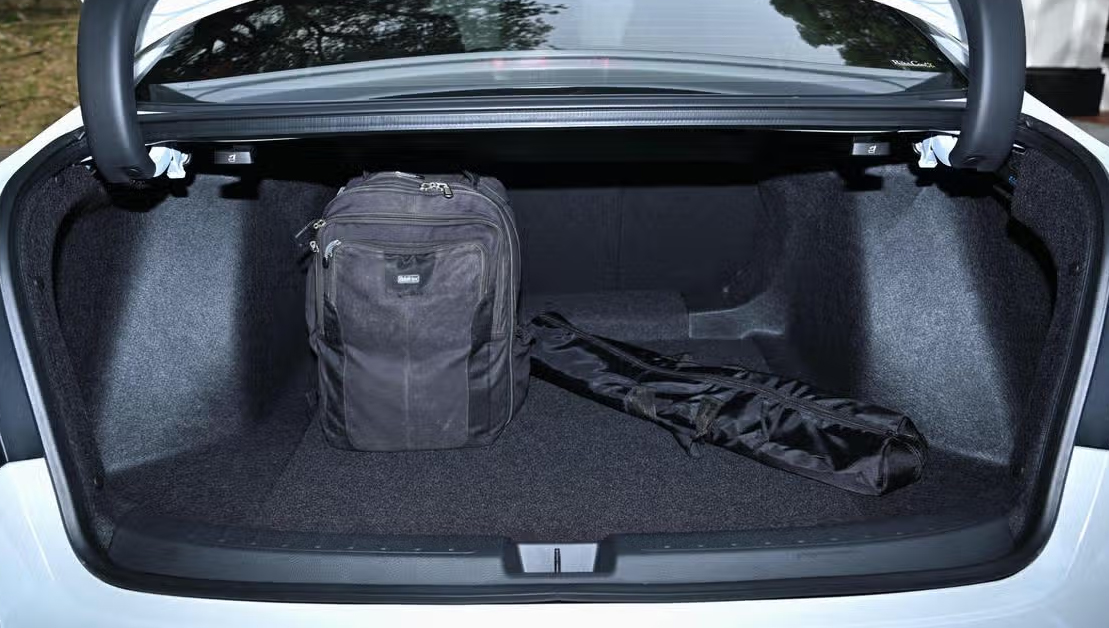
The 2.0 has additional features such as a sunroof, dual-zone climate control, LED headlights instead of halogen, front and rear parking sensors – rear only in the 1.5 – and electrically adjustable front seats – driver’s only in the 1.5. Its reverse camera is also somewhat sharper than the one in the 1.5.
The 2.0’s main proposition remains its superior driveability, performance, efficiency and overall refinement. Whether it is worth the elephant in the room depends on how much value you place on these qualities.
Credits: The Straits Times. Author: Christopher Tan
Original Source: https://www.straitstimes.com/life/motoring/car-review-civic-with-poise-polish-and-purpose

